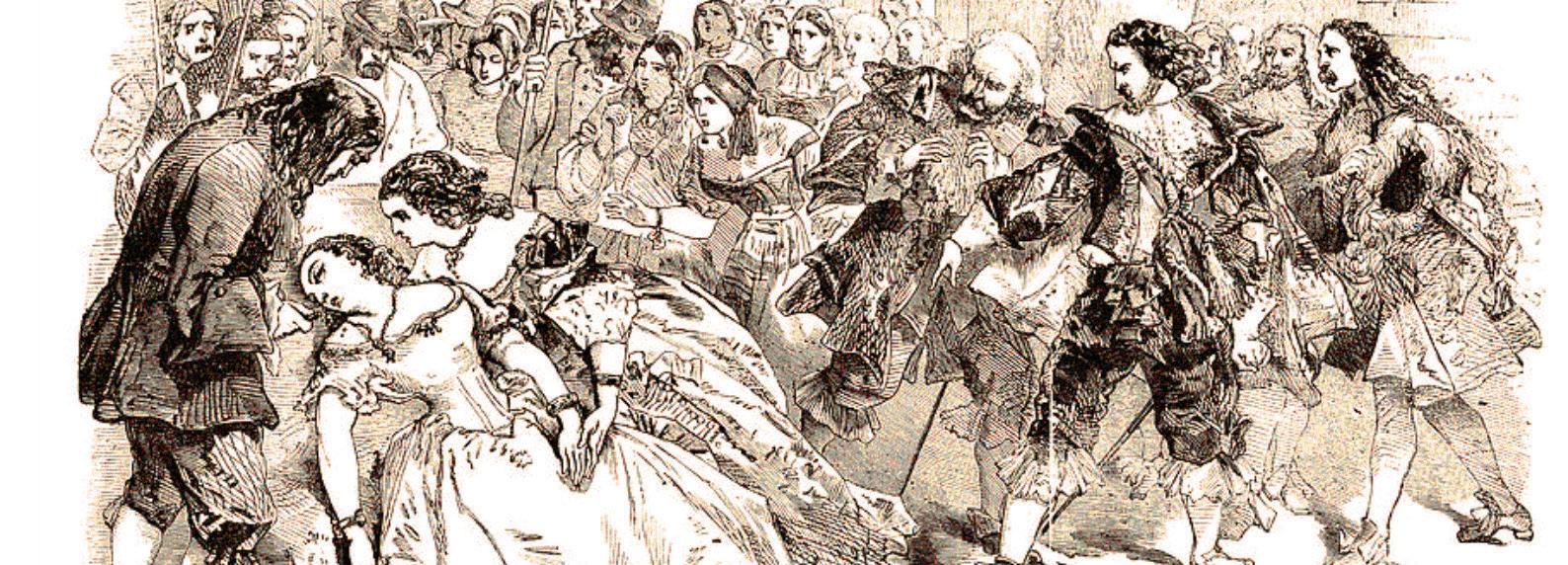
1 minute read
J MILY ARRELL RBANEK E

ULa traviata is one of my favorite operas because it is both the perfection and the transcendence of the Italian bel canto style. This particular work of Giuseppe Verdi takes the compositional tradition of Bellini and Donizetti beyond its roots to its pinnacle.
Verdi uses all the existing tools to push our emotional buttons without forcing the art beyond the traditional style to something entirely new. Everything is tasteful. The pianississimo trombones joining the full orchestra in the last act (Verdi loved exaggerating dynamic markings in dramatic moments) are the closest he comes to innovation.
The minimal strings at the opening and the top of the last act give voice to Violetta’s soul, and the poignant return of a few important melodic figures at crucial moments tie this opera together perfectly without venturing into Wagnerian Leitmotifs or blatant romanticism. The comprimario (supporting) roles in La traviata are crucial in setting the scene.
Flora is a successful, confident figure from the Parisian demi-monde. Gastone is everyone’s fabulous friend. The Marquis d’Obigny and Baron Douphol are prime examples of the wealthy class who sustain and benefit from this underground world of courtesans and gambling. Annina and Doctor Grenville care genuinely about Violetta and arouse our sympathy. This wealth of characters sets Verdi up for some brilliant ensemble numbers. There’s the sparkling carefree music of Act 1, including the famous drinking song, or brindisi, in which all the guests join in Alfredo’s toast.
Then later, at Flora’s party, every principal and supporting character simultaneously expresses dismay, shock, heartbreak, shame, empathy, or anger at Alfredo’s confrontation with Violetta in one of the great operatic ensembles of the repertoire — the Finale of Act II, scene 2.
For those fond of culinary analogies, La traviata is like an elaborate feast cooked thoroughly from ingredients Verdi already had in his kitchen. Buon appetito!










